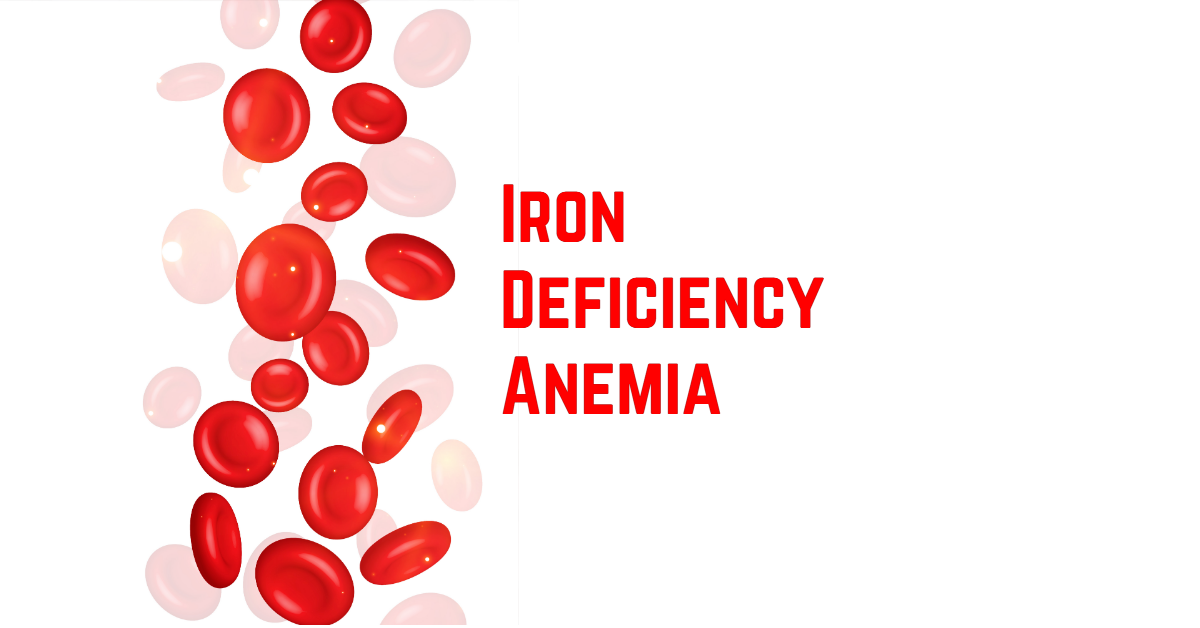
Causes of Iron Deficiency Anemia
Symptoms of Iron Deficiency Anemia
Treatment of Iron Deficiency Anemia
FAQ
What are the common causes of Iron Deficiency Anemia?
Iron deficiency anemia can occur due to various factors, including:
- Inadequate dietary intake of iron-rich foods.
- Poor absorption of iron in the gastrointestinal tract, often associated with conditions such as celiac disease or gastric bypass surgery.
- Chronic blood loss from sources such as gastrointestinal ulcers, heavy menstrual periods, or frequent blood donation.
- Increased iron requirements during pregnancy or periods of rapid growth in children and adolescents.
What are the symptoms of Iron Deficiency Anemia?
Common symptoms of iron deficiency anemia include:
- Fatigue and weakness
- Pale skin and nail beds
- Shortness of breath
- Headaches and dizziness
- Cold hands and feet
- Brittle nails
- Rapid or irregular heartbeat (palpitations)
- Restless legs syndrome (RLS)
- Pica – craving for non-food items such as ice, dirt, or starch
How is Iron Deficiency Anemia diagnosed?
Diagnosis of iron deficiency anemia typically involves:
- Medical history and physical examination to assess symptoms and risk factors.
- Blood tests including complete blood count (CBC), serum ferritin test, and iron studies to measure hemoglobin levels, iron stores, and iron-binding capacity.
- Additional tests such as endoscopy or colonoscopy may be performed to identify underlying causes of iron deficiency.
CONSULTATION HOURS
Monday to Friday : 4.30 pm to 10 pm
Saturday: 2 pm to 5 pm
info@drsrikanth.org.in
Phone Number
+91 72001 65148
+91 93447 46686


